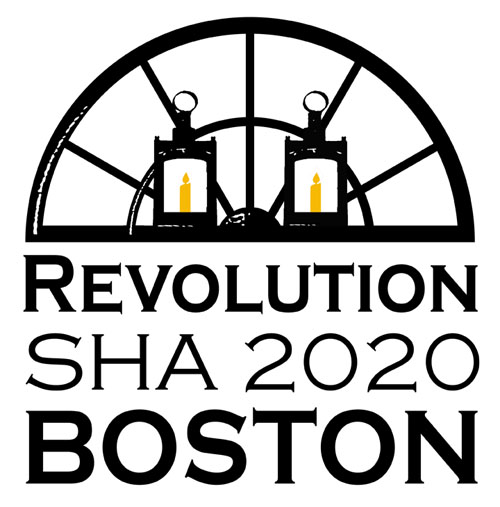The Sheraton Boston is located at 39 Dalton St. in Boston’s Back Bay neighborhood adjacent to the Prudential Tower. The venue is just four miles from Logan Airport and accessible by train, subway, and car.
Airport
Logan Airport is located four miles from the Sheraton Boston. Transportation options from the airport to the conference include Boston’s subway (the “T”), cab, App Ride/Ride Share (Uber, Lyft), and pre-booked airport shuttle.
Boston is also serviced by these regional airports:
Manchester-Boston Regional Airport (Manchester, NH)
T.F. Green Airport (Providence, RI)
Worcester Regional Airport (Worcester, MA)
Train
Boston is serviced by three Amtrak stations (South Station, North Station, and Back Bay). The closest station to the conference venue is Back Bay.
AMTRAK
Amtrak is a passenger rail service that connects Boston, New York, Washington,D.C., Philadelphia, Baltimore, Portland (ME) and other points nationwide. Amtrak trains depart from South Station (Red Line), Back Bay Station (Orange Line) and North Station (Green and/or Orange Line).
Amtrak Acela
Created with business travelers in mind, Amtrak’s high-speed train Acela provides fast service along the Northeast Corridor High-Speed Rail between Washington, New York and Boston.
Traveling at speeds up to 150 miles per hour, each Acela is fully equipped with power outlets and audio entertainment in-seat, bistro cars, elegant first-class cars, wide seats, conference and meeting areas and other amenities.
Phone: 800-872-7245
Toll-free: 800-USA-RAIL
Amtrak.com
MBTA Commuter Rail
Operated by the Massachusetts Bay Transportation Authority, Boston’s Commuter Rail services the outlying Boston suburbs. Service is available from several “T” stations, but most departures take place at North Station, South Station and Back Bay Station.
Phone: 617-722-3200
mbta.com
Car Rental
Most major car rental companies are available at Boston Logan Airport and throughout the city.. Parking at the Sheraton is $42/day.
Local Transportation
There is extensive public transportations surrounding the venue with multiple subway or “T” stations located within a very short walk, and several accessible options for conference attendees with limited mobility. The Prudential Center stop on the MBTA’s ‘E’ train along the Green Line has elevator and full up and down escalator access, as well as a portable boarding lift available on request. The Massachusetts Avenue stop on the MBTA’s Orange Line has elevator access, an “up’ escalator, and a long ramp available for use. For more comprehensive accessibility information, including trip planning guides, access maps, and information on the MBTA’s paratransit service, the RIDE, please see the Accessibility on the MBTA webpage
The hotel and conference venue is part of the larger Prudential Center, a 23-acre bright and modern development of shops, restaurants, and office towers connected by multiple arcades allowing for access to much of the area’s food and retail options without going outside. Several taxicab services are available as are rideshare services such as Uber and Lyft.
 Welcome to sha.org, the official website of the Society for Historical Archaeology
Welcome to sha.org, the official website of the Society for Historical Archaeology

